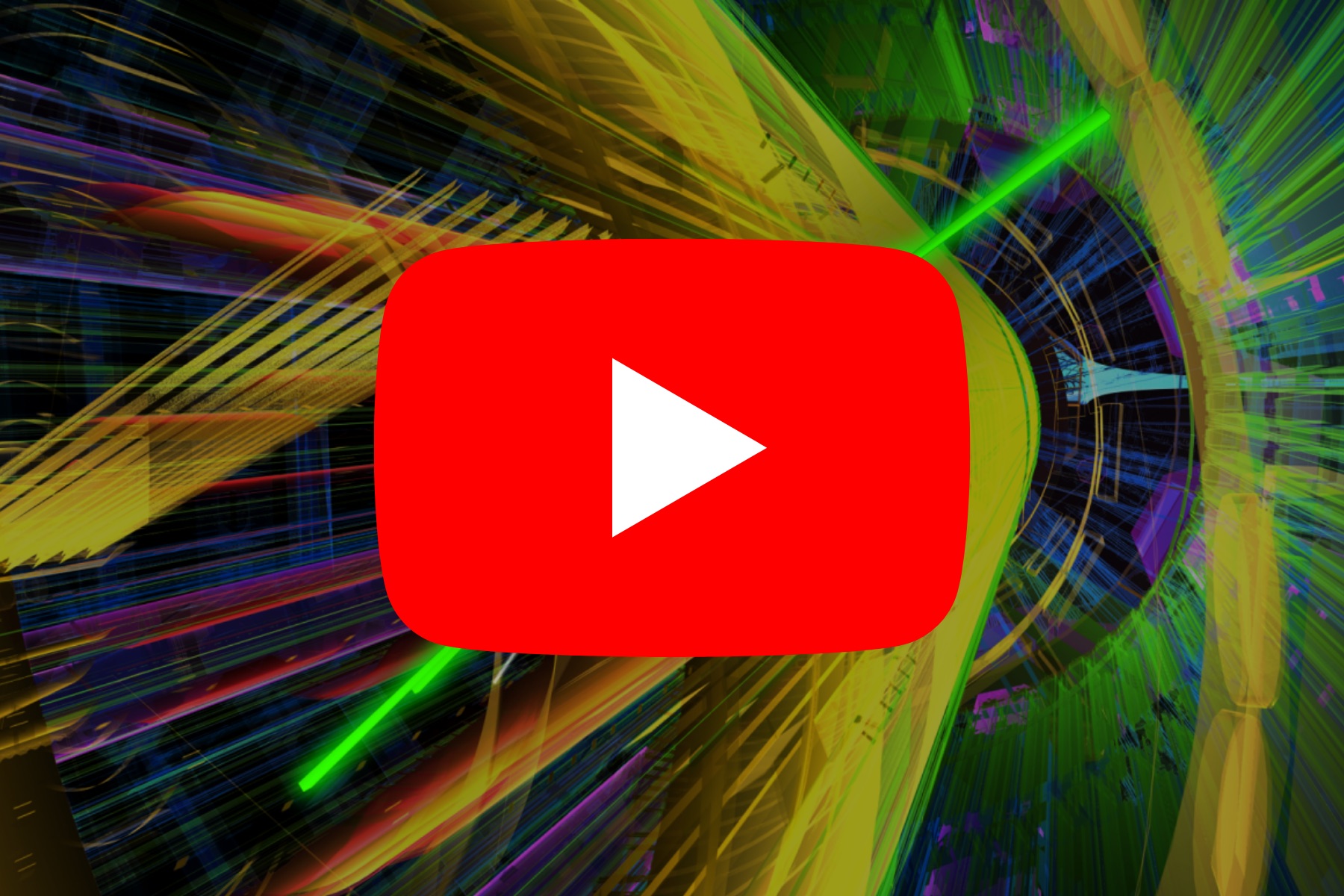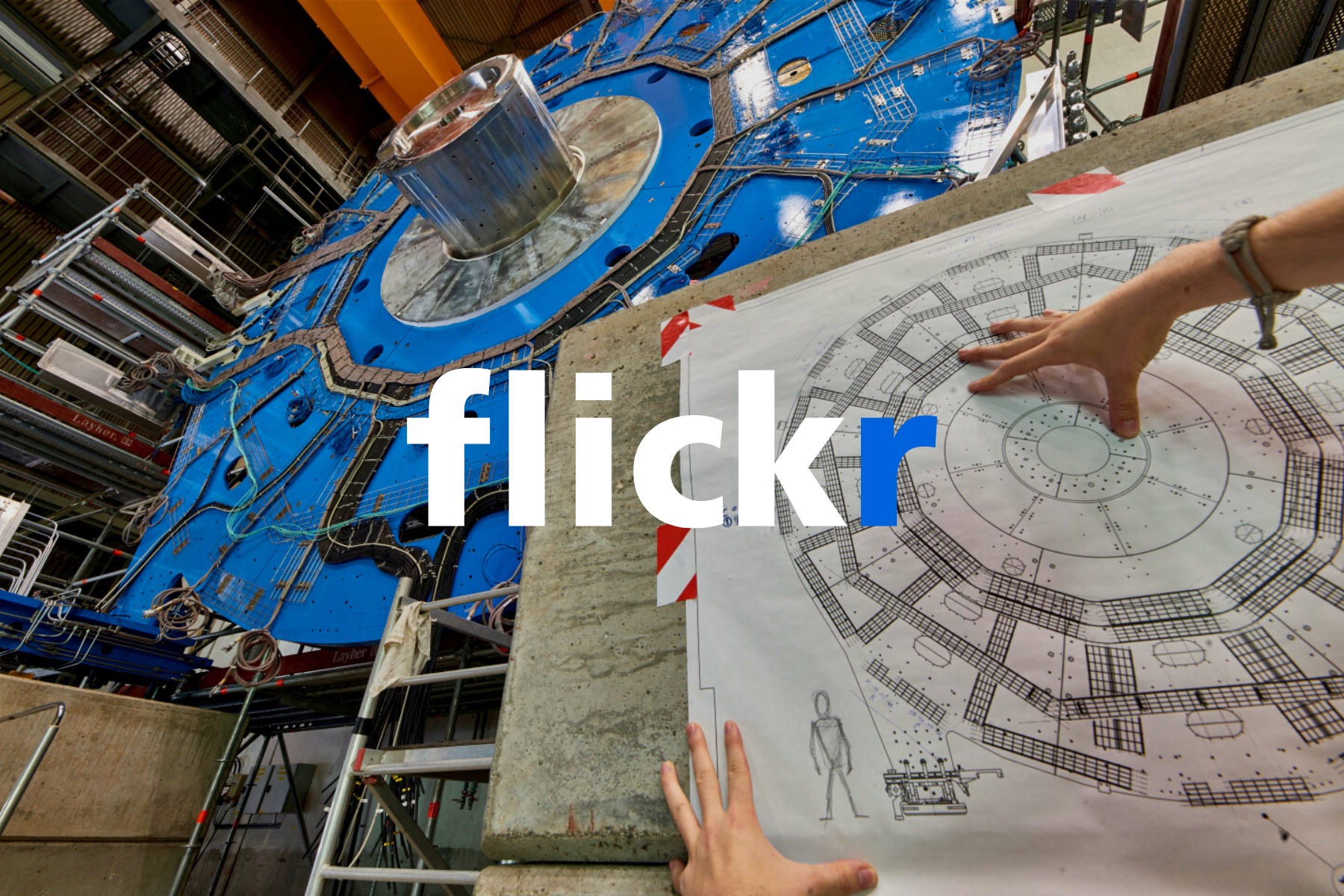Enter the world of particle physics with the newly-launched ATLAScraft! Built within the wildly successful game platform Minecraft, this new world recreates the laboratory using 3D blocks. Explore the CERN campus, shrink down to the size of a particle, and even conduct their own “experiments” in educational minigames.
Start playing now.




